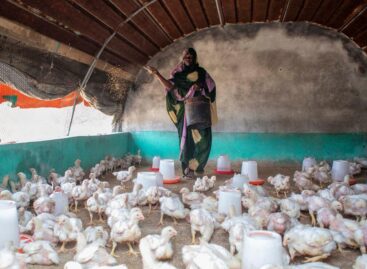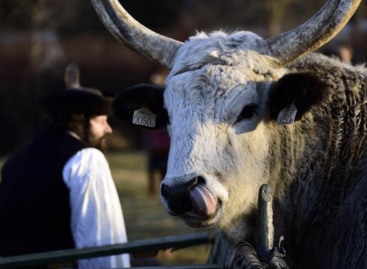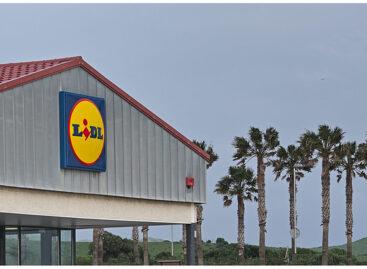We are what we eat: Transforming diets to transform agri-food systems
Jumla beans. Black, red and yellow spotted, cultivated by hand in one of the most remote districts of Nepal’s mountains. Despite their great nutritional value and environmentally friendly production, jumla beans threaten to be replaced by other crops because mountain producers cannot make a decent income from them. Reading the story of these pulses on the Mountain Partnership Product label, we are perhaps compelled to buy it. They aren’t just beans anymore, they are the product of hard work and tradition of a people in another culture.
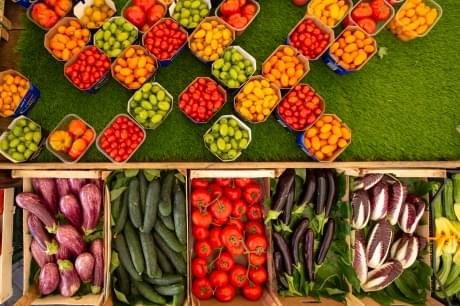
Consumers have power.Knowing the backstory of food, together with better knowledge and access, can help people make wise choices for healthy diets, but it can also help protect the environment, support family and smallholder farmers and improve other parts of the supply chain.
Tapping into the influence of consumers and collective demand to transform agri-food systems, making them more inclusive, resilient and sustainable, is one of FAO’s goals.
Firstly, what exactly is an agri-food system?
It is the world behind our food and much more. It includes the solar system of how food is grown, harvested, processed, packaged, transported, distributed, traded, bought, prepared, eaten and disposed of. Not to mention all of the uses of agriculture for non-food products (including forestry and biofuels as two examples) that also constitute livelihoods. This system encompasses all of the people, activities, investments and choices that play a part in getting us these food and agricultural products. It is a fascinating world but a complicated one. There are many processes and within each one, there are a lot of influences and inputs, a lot of results and repercussions.
Like planets in a solar system, each part of the agri-food system has its own characteristics and acting forces. So when we say, we need to transform diets to transform agri-food systems, we mean changing a series of actors and actions. Fortunately, we, as consumers, are one of those actors.
Where do consumers fit in an agri-food system?
To answer that, we need to understand the main elements of an agri-food system. There is the production of food, what we also call the food supply chain. This includes the growing, storing, distributing, processing, packaging and even retailing and marketing of food. With these many processes, some even occurring across borders, the supply chain is often long and complex.
The food environment comprises the places and situations in which we get our food. This includes not only the physical places where food is acquired like markets and stores but also the signage, labeling and messaging around the food. The food environment is also influenced by trade. Issues like accessibility and affordability of foods are important aspects of this element of the agri-food system.
Consumers and our behaviours, such as selecting, preparing, consuming, feeding others and disposing of food, are a central element of agri-food systems. Consumer behaviours are influenced by cultural, socio-economic, political and individual factors, and ultimately, they determine our diets and influence other parts of the agri-food system.
Consumption, consumer behavior and collective demand
The part of the system that is probably most familiar to all of us is this last part: consumption. We might not know how food got to us, where it was produced or how it was transported, but we do know what we chose to buy, where we bought it from, what we paid for it, how we prepared and ate it or threw it out.
Consumption of food might be the part we are most familiar with, but it may not be one that we think about all the time. In many ways though, this area can be the most effective for transformation. Shaping consumer behaviours and collective demand can help change markets.
The power of consumers
Consumers are more and more interested in knowing from where their food and goods originate. FAO’s Fishing Areas classification is one tool that makes this more transparent. Learning that you are purchasing fish from nearby waters can help support your local economy. This classification also ensures that the catch has been legally sourced, protecting against overfishing and destruction of ecosystems.
Another consumer-oriented initiative that supports smallholder producers is the Quality and Origin Program. For several years, FAO has been working together with partners, governments and producers worldwide to register traditionally made products with Geographical Indication (GI) labels. Some examples include Darjeeling tea (India), Manchego cheese (Spain), and Taliouine saffron (Morocco). These labels help consumers link product characteristics – such as taste or quality – with GI status. As such, they are willing to pay higher prices, translating into higher incomes for rural households.
The aforementioned Mountain Partnership Products (MPP) Initiative is yet another project that taps into the power of choices. This FAO-supported programme provides technical and financial support to smallholder mountain producers from developing countries to improve product marketing and streamline value chains. These products receive an MPP narrative label that provides consumers with information about the product’s origins, processing, nutritional value and role in local cultures. The MPP label helps to make certain unique foods and products more widely available in markets, raising their value and thereby incomes for the producers.
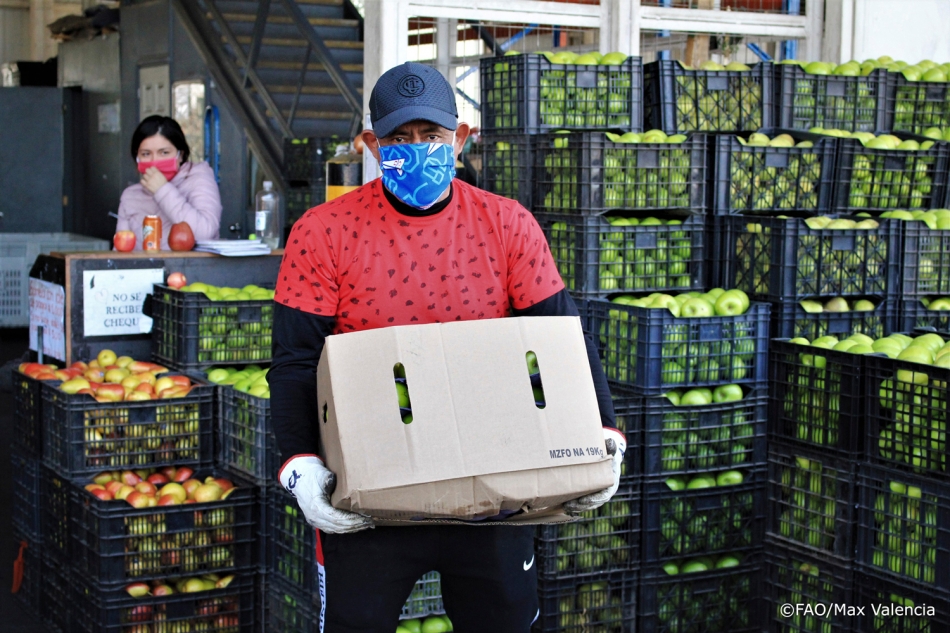
Related news
FAO: International food prices have been declining since September
🎧 Hallgasd a cikket: Lejátszás Szünet Folytatás Leállítás Nyelv: Auto…
Read more >FAO-Ministry of Agriculture Scholarship Program Continues
🎧 Hallgasd a cikket: Lejátszás Szünet Folytatás Leállítás Nyelv: Auto…
Read more >FAO: 2026 is the International Year of Rangelands and Pastoralists
🎧 Hallgasd a cikket: Lejátszás Szünet Folytatás Leállítás Nyelv: Auto…
Read more >Related news
New HR assistant helps K&H employees
🎧 Hallgasd a cikket: Lejátszás Szünet Folytatás Leállítás Nyelv: Auto…
Read more >AB InBev invests in Michelob Ultra production in US
🎧 Hallgasd a cikket: Lejátszás Szünet Folytatás Leállítás Nyelv: Auto…
Read more >Lidl To Invest €600m In Spain, Targets 300 Stores In Portugal
🎧 Hallgasd a cikket: Lejátszás Szünet Folytatás Leállítás Nyelv: Auto…
Read more >

